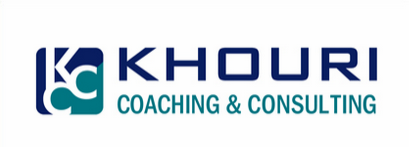This post is also available at GTD Times.
You may wonder how your personality supports your ability to get things done. In this article, I will elaborate on various preferences and the connection to Getting Things Done® (GTD®). This is a follow-up to my response to David Allen's post about GTD and  Personality Types.
Personality Types.
Myers-Briggs Type Indicator® instrument (MBTI®) is a self-assessment which measures people's behavioral preferences across four dimensions. Learn more from the creators of this instrument.
Let's start with the fourth MBTI dimension which is our attitude toward the external world and how we orient ourselves to it. Judgers (Js) prefer structure and lists; Perceivers (Ps) prefer experience, flexibility, and options. Js like GTD because they like to plan, enjoy having lists, and finishing things. Ps do not like making lists as much as the Js do; they like having options available to them. GTD facilitates this very nicely because when making decisions on what to do, there are options available based on your energy level, time available, and context.
The third dimension identifies how we make decisions. Thinkers (Ts) make their decisions based on facts and principles. Feelers (Fs) make their decisions based on personal values. When defining next actions, Ts may be likely to focus on the tasks and problems, Fs may be more likely to focus on relationships. GTD can help strike the right balance between tasks and relationships.
The second dimension identifies how we take in information and the type of information we prefer. Intuitors (Ns) see possibilities and connections, and are future-oriented. Sensors (Ss) prefer facts and details and live in the present. Thinking about the Horizons of Focus, Ns will be better at the top of the pyramid - purpose, principles, vision, and goals which are all future-oriented. Because of their propensity for connections, Ns are more likely to want to make the connection of next actions to projects. Ss may prefer to work at the project and next action level - the detail and more here and now. We may say, Ns like perspective, Ss like control.
Coming back to the first dimension of MBTI, this identifies how we get our energy. Extroverts (Es) get their energy from being with other people. They focus their energy and attention outward. Introverts (Is) get their energy from spending time alone, and they focus inwardly on thoughts. The weekly review requires time alone, thinking, and focus. For this reason, Es who prefer to be out and about with people and things may find this process more challenging. It will work better for Is since they enjoy time alone, thinking, and the inner world.
There is much more to explore here recognizing that the combination of these preferences (the 16 MBTI types) has its own set of characteristics. All MBTI types certainly have the ability to get things done, and the key is self awareness which will help leverage the strength of behavioral preferences. The beauty in GTD is in its flexibility. So by recognizing your MBTI type, you can customize GTD to cater to your preferences.




